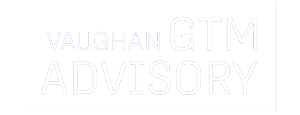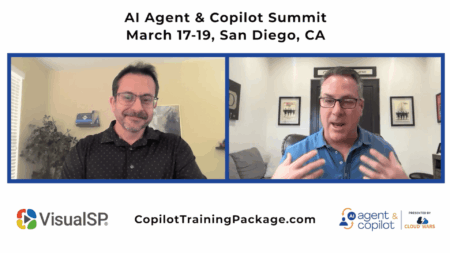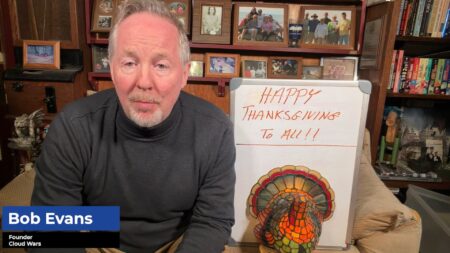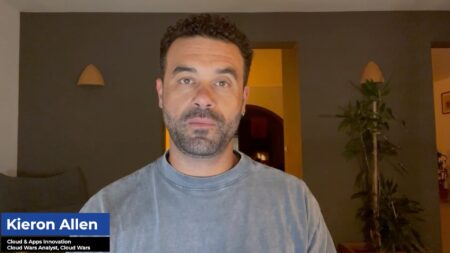In April 2021, Texas A&M professor Anthony Klotz coined the term “The Great Resignation” after a record 3.8 million people quit their jobs. Nearly a year later, the workforce shakeup shows no signs of letting up. The Covid-19 pandemic, racial inequity, geopolitical conflict, and the blistering pace of change have awakened workers everywhere. People from all professions are re-evaluating what they do for work, the way they look at and approach work, and the organizations they do or don’t want to work for. This has led to a rethinking of the employee experience.
Businesses today are facing a significant skilled worker shortage, making it increasingly difficult to find skilled talent to fill open positions and the “Great Resignation” is turning into the “Great Reshuffle.” Skilled workers and many other professionals are seeking out and moving to companies that align with their priorities, values, and requirements. Business leaders are realizing that the great reshuffle is not just about the battle for talent. Rather, this employee movement is an urgent requirement to reimagine how companies view and value their employees.
Savvy executives also recognize that the employee experience, and all that goes with it, is not just a Human Resources-led (HR) effort. On the contrary, addressing the Great Reshuffle should be the focus of all leaders. What’s more, there is no manual for dealing with the “great reshuffle”, meaning that the strength of your company culture and values becomes an even more important asset.
So, what can business leaders do to move into action mode? The good news is the tools and options are plentiful. To accelerate employee experience, leaders first must re-imagine how they think about and lead their people in a changing world.
Create More Flexible Work Environments for an Improved Employee Experience
Many professionals prefer to work from home, in a remote location, and/or in a hybrid environment where they go into the office a few times a week. An impactful workforce strategy is offering variable hours for professionals to disconnect at certain hours to refresh or to take time to care for life and family needs. Work-life balance becomes more like work-life integration.
Research conducted late last year by a consortium of HR leaders found a much more productive workforce for those companies offering flexible work environments. The positive results were primarily due to better mental health and wellness, as well as having the flexibility to deal with things distracting employees from work. The research also cited “flex programs” that empower employees to make decisions about where and how they could work contributed to increased employee engagement and productivity. One important learning is the importance of training managers on how to lead in hybrid work environments. This means managers focus on employee outcomes and results, not just in-office face time.
As Google CEO Sundar Pichai recently summed up the point simply, “The future of work is flexible. Be purposeful with how you ask your team members to spend their time.”
Shift from Static Roles and Jobs to Dynamic Skills and a Learning Culture
Companies should shift from thinking that the best way to connect people with work is through static jobs. Rather, productivity architects (it is really a thing!) recommend reimagining work as a landscape of tasks and skills that dynamically evolve with business priorities. This skills-based approach can be executed in several creative ways.
One strategy is to identify people with the motivation to learn new or fine-tune their skills. For finding talent, look at adjacent skills instead of specific academic degrees or previous experience. Talent development experts highlight the value of focusing on “attitude” and “altitude” (potential) versus just job experience and expertise. According to a study by Northwestern University, more than half of the top-performing organizations in the United States have a consistent practice of using adjacent skills plus reskilling programs to fill needed roles and functions.
To better define the roles needed, another flexible work strategy is to identify and start with the outcomes versus hiring people to fulfill a specific job. This tactic can keep employees motivated, engaged, and in constant learning mode. An outcomes-based approach can also help leaders recognize the key capabilities required to prioritize workforce segments based on the skills needed. And this approach provides a built-in way to both assess your current talent as well as to consistently identify the best talent to redeploy based on dynamic needs and opportunities.
Ensure Access to The Right Tools and Resources for Company Impact
Professionals expect to have access to the right tools to get quality work done efficiently. That financial system, marketing software, or development platform that was purchased during the Obama administration is frustrating your talent. Smart tools plus an empowered workforce are a smart recipe for increasing productivity and impact. This is especially true as the “native digital” generation becomes power users and takes the reins in critical roles.
It is also the right time to identify, assess, and create opportunities for the right talent to work on high-impact initiatives and which employees to focus on specific tasks. More precisely, mapping the right employees to innovation opportunities and which on less dynamic work is a powerful employee experience tool. This mapping provides a way to map employee goals and motivations with company needs.
And finally, increasingly people want to work for an organization that positively impacts their communities, societal change, and the planet. At a minimum, employees expect the organization to be good citizens of the world. It’s the right thing to do and good for business.
Proactively, Transparently Address TOTAL Compensation
While compensation can be a sensitive subject for both employers and employees, the compensation conversation is no longer taboo. Today, employees expect fair wages and competitive compensation. If leaders avoid the conversation or do not proactively address compensation, the reshuffle continues. As leaders, we can be creative in compensation with standard elements such as salaries, performance bonuses, and stock equity. But we can also be creative with non-cash comp components. A few examples are incentives such as paid time off, flexible work environments, and allocated time to work on community impact programs that are important to the employee and the company.
To ensure compensation is fair in a rapidly evolving market, leaders can conduct regular pay audits and use timely employee incentives. Frequent compensation surveys are a valuable tool to use to adjust salaries and total compensation. Leaders can also use spot bonuses for important work or needed skills to quickly meet company requirements. And experts emphasize that greater choice, flexibility, and expanded opportunities to work on impactful initiatives can all be part of the compensation equation.
Reimagine How We Support Our Talent and Workforce
Talent is on the move in the “Great Reshuffle.” As leaders, we are at the point where we need to reimagine and evolve how we support our talent and workforce. Companies should move from a focus on engaging employees for the benefit of the company to creating value for workers as whole human beings and key stakeholders. This effort requires management, process, and leadership practices to evolve as well. And employee experience will not work with top-down policies. Creating holistic value for employees must become part of the fabric of your culture, values, rewards systems.
Want more tech insights for the top execs? Visit the Leadership channel:










